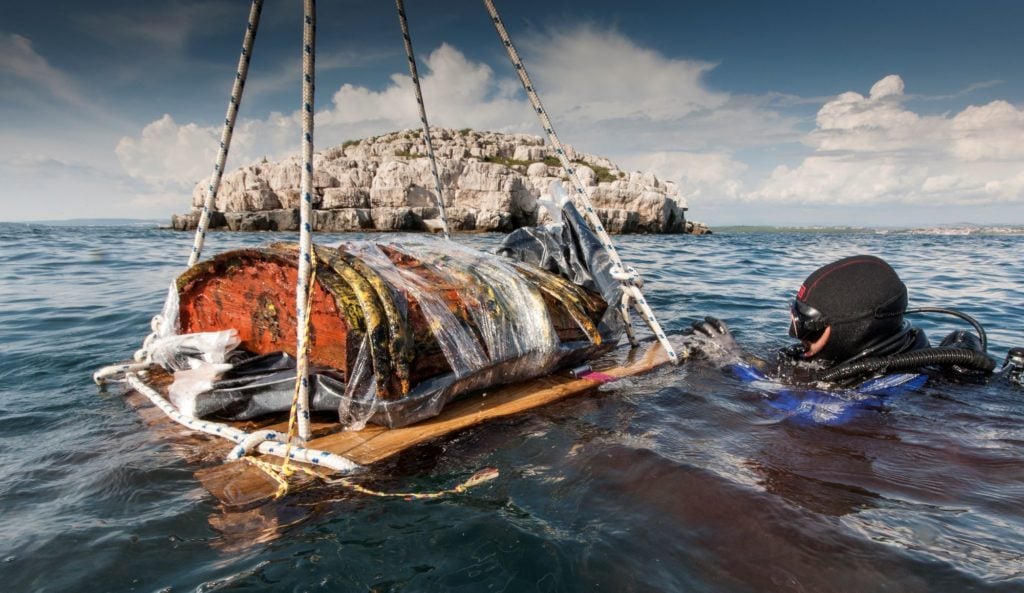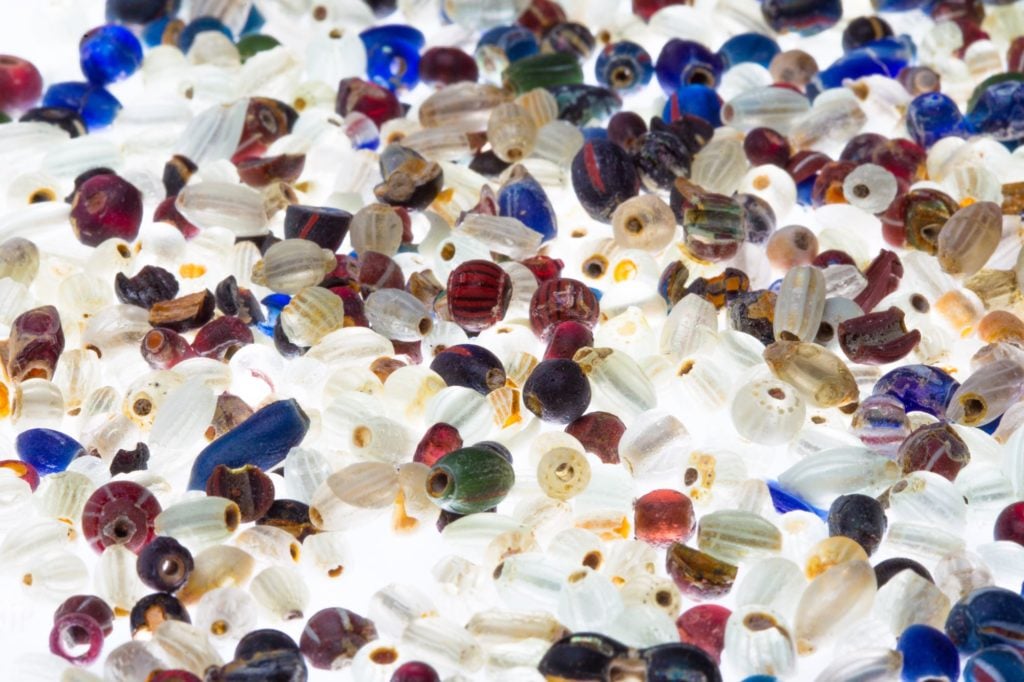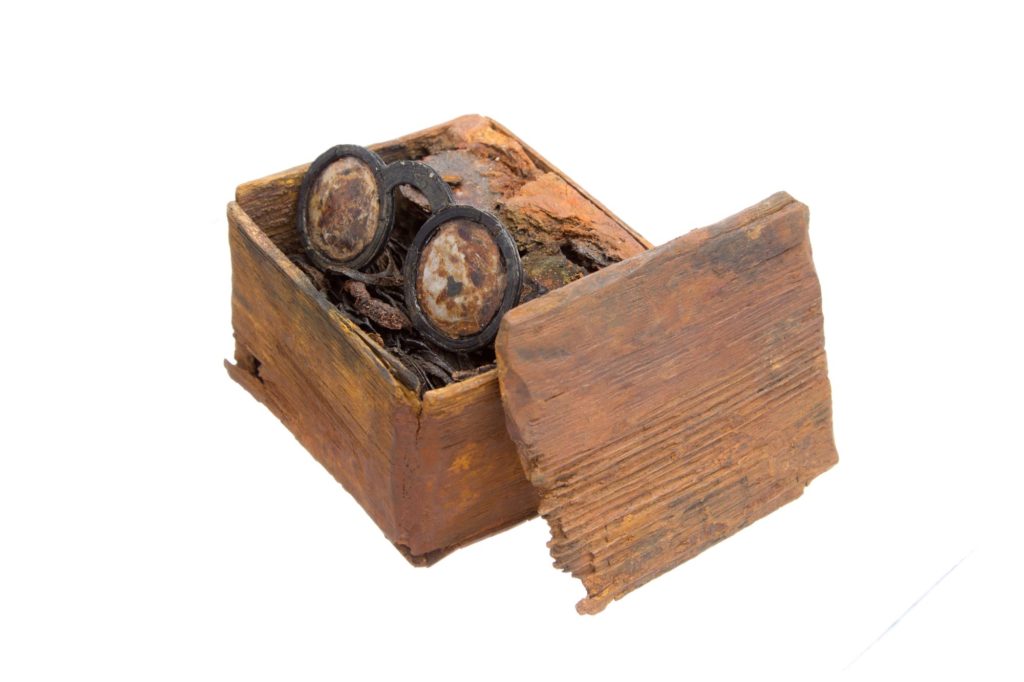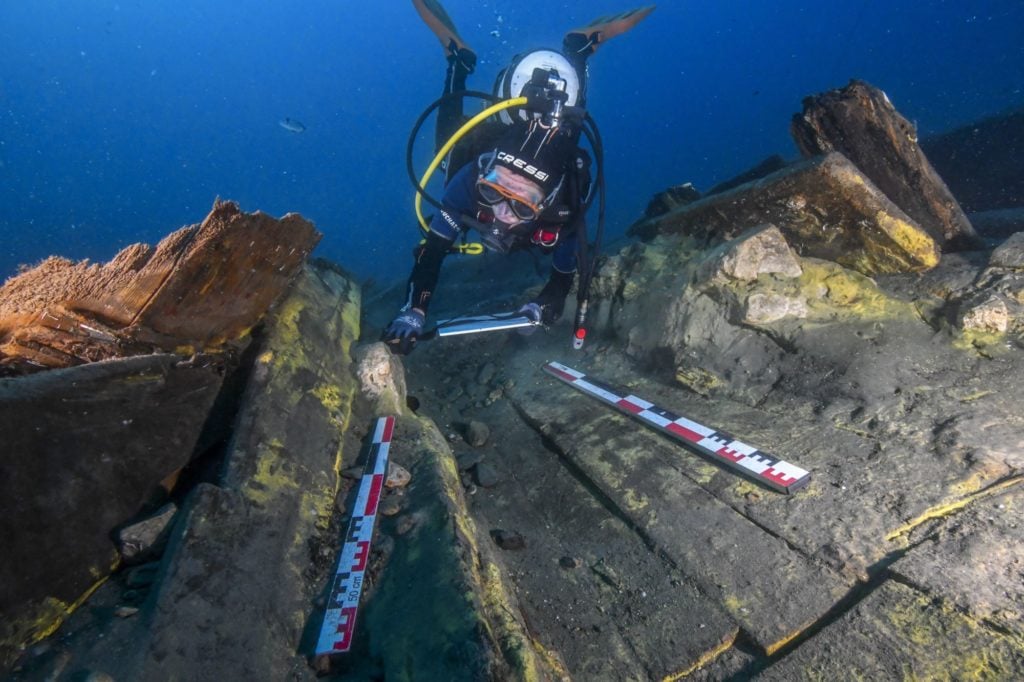Art & Exhibitions
Treasures From a 16th-Century Venetian Shipwreck Have Been Hidden Away for Centuries. Now, a Curator Is Planning to Make Them Public
The Gagiana sank in mysterious circumstances in 1583.

The Gagiana sank in mysterious circumstances in 1583.

Javier Pes

A chance conversation with another Getty research fellow in Los Angeles prompted a dramatic change of direction for a Danish art curator. Line Clausen Pedersen, who is an expert on Degas, embarked on a deep dive into a 16th-century Venetian shipwreck. She is now helping to turn the mystery surrounding the sinking of the Gagiana in 1583 into a major international exhibition. On board was a trove of luxury goods and everyday objects destined for the Ottoman ruler.
“The Wreck of the Believable” could be a good working title for the show, Clausen Pedersen says, referring to Damien Hirst’s fictional underwater archaeological extravaganza in Venice, “Treasures from the Wreck of the Unbelievable.”
The very real Gagiana set sail from the Italian city packed with goods made by Europe’s finest craftsmen and women. The trove of recovered artifacts, made in cities including Venice, Vienna, Berlin, Nuremberg, and Lubeck, includes chandeliers, thousands of wine glasses, beads, leather-framed spectacles, and a miraculously preserved 170-foot length of embroidered silk along with hundreds of cannons and cannonballs. It was a bulk order destined for the Ottoman Sultan, Murad III, who was building a palatial new home for his harem.
The Gagiana might be compared to a container ship today, Clausen Pedersen explains. But the vessel never reached its destination, Istanbul. Instead it sank in mysterious circumstances in the Adriatic Sea off the coast of modern-day Croatia. “The legend is that the captain sunk it and ran off with diamonds,” the curator says. Its high-value cargo was insured, and much of the paperwork survives in archives in Venice. “One set of diamonds is registered and another was apparently on board but not registered. That is part of the narrative,” she says.

Glass made in Murano from the Gagiana shipwreak.
The sunken ship lay undisturbed until it was discovered by divers in the late 1960s. Part of its contents, which are astonishingly well preserved, have been recovered by underwater archaeologists, but much of it remains on the sea bed. Clausen Pedersen describes the trove as a rare time capsule of Renaissance Europe’s luxury goods. Only a fraction of the items retrieved have ever been shown in public, and then only in Croatia. Now the Croatian government is keen to turn the wreck into a spectacular museum exhibition, which is where Clausen Pedersen comes in.
Clausen Pedersen, who was previously a curator at Copenhagen’s prestigious art and archaeology museum, the Ny Carlsberg Glyptotek, is working with a large team in Croatia, which is led by the underwater archaeologist Irena Radic Rossi. The ongoing research into the wreck will form a key part of the exhibition.

Leather-framed spectacles in their packing box from the Gagiana shipwreck. Image courtesy of the department of archaeology, University of Zadar.
The Danish curator has held early talks with major museums in the US, Europe, and Asia, and is also approaching possible sponsors. “My hope is to attract the shipping industry to get involved in the development of the exhibition,” she says. “They have so much money and they usually do not directly support art or culture. I figured it is a new target group,” she adds. “A shipwreck such as this obviously relates to the legacy of trade and shipping, a large and growing industry even today, the potential of collaboration is great.” She hopes the sponsor will fund some “extravagant technology” that allows a visitor to the exhibition to control an underwater exploration of the shipwreck—because “why not?” she says.
Her dream venue is a museum with a collection of decorative art of the same era, so that connections can be drawn between the exhibition and objects in the permanent galleries. “The Croatians are open to having the exhibition at more than two or three venues,” she says.

A diver explores the Gagiana shipwreck. Image courtesy of the department of archaeology, University of Zadar.
She recalls that when she learned of the shipwreck just over a year ago she was not a big scuba diver, but now she is now becoming one. “It’s fun to be part of something like this after you have done traditional museum work,” she says. New things are being discovered all the time. So far they total more than 20,000 artifacts.
This project is a far cry from her previous exhibitions on the likes of Degas, Gauguin, Rodin, and Théodore Rousseau. (She has not abandoned 19th-century European art.) The Gagiana shipwreck has an intriguing art-historical angle: Among the cargo being recovered are pigments used by Renaissance artists, preserved in their original containers.